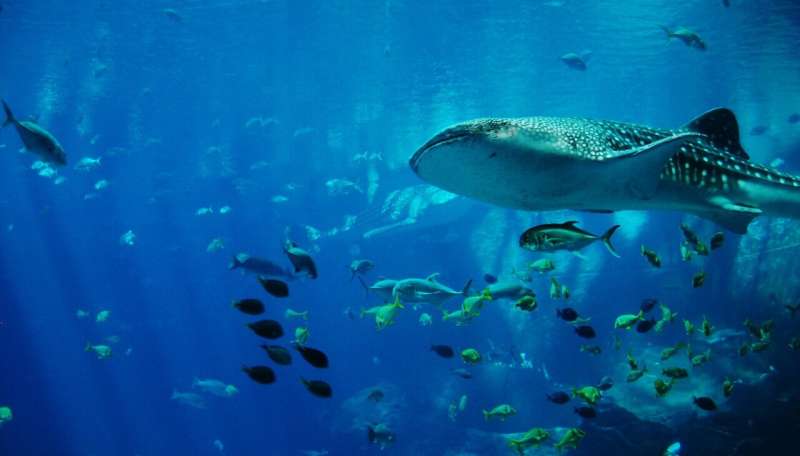A recent study has introduced a groundbreaking method for analyzing ancient fishing practices in the Pacific Islands, focusing on the late Stone Age. Researchers have developed a collagen fingerprinting tool that allows them to identify fish species from archaeological bone fragments. This technique provides valuable insights into the fishing habits of early Pacific Islanders, who demonstrated advanced pelagic fishing skills.
Revealing Fishing Practices on Fais Island
The study, led by a team of scientists and published in the Journal of Archaeological Science, highlights the significance of pelagic fishing in the survival and cultural development of these island communities. The researchers focused their attention on Fais Island, a small coral island located in Yap State, Micronesia, where archaeological evidence indicates human habitation for nearly 1,800 years.
Expeditions to Fais Island uncovered the Powa archaeological site, which provided clues about the fishing techniques employed by its early inhabitants. While traditional methods typically struggled to identify species due to poor preservation and the unique characteristics of certain fish, the new Zooarchaeology by Mass Spectrometry (ZooMS) technique proved to be a game changer.
Advancements in Species Identification
The ZooMS technique relies on detecting chemical fingerprints embedded in collagen, a structural protein found in bones. In their study, researchers analyzed 131 archaeological bones, successfully identifying three varieties of tuna and five types of sharks. Notably, the method achieved a remarkable success rate, identifying 97% of tuna family bones with high confidence.
Among the 77 tuna samples, the overwhelming majority were identified as skipjack tuna, with two others classified as yellowfin tuna and wahoo. The findings on shark remains were equally compelling, revealing a diverse array of species. While the reference database was incomplete, 20 samples were closely related to the silky shark, 11 to the Galapagos shark, 17 to the silvertip shark, and one to the whitetip reef shark.
This innovative approach enhances the accuracy of fish identification in archaeological contexts, offering a clearer understanding of how fishing practices influenced societal development. The researchers emphasized the need for further studies to expand reference databases, which would improve the potential of ZooMS to fill existing gaps in species identification.
By employing molecular-level techniques, the research team aims to deepen our understanding of how ancient fishing habits shaped the cultures of Pacific Island societies. The study represents a significant advancement in the field of archaeology, combining modern scientific methods with historical inquiry to uncover the rich tapestry of human activity in the Pacific.







